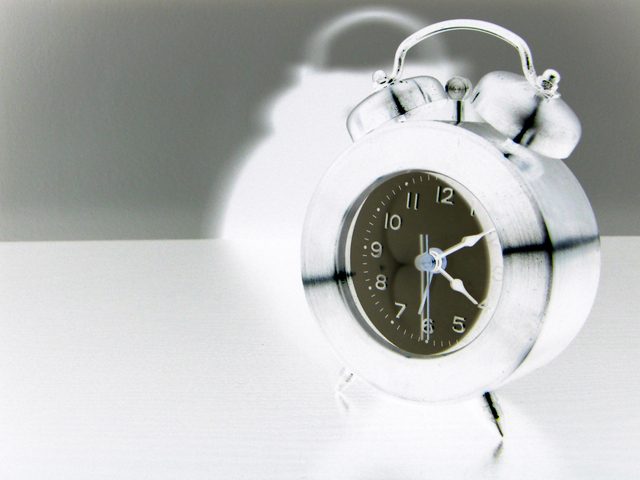Among the factors that affect customer satisfaction is the waiting time. As such, the delay is a crucial issue for service providers, as long waiting times have negative implications on customer service satisfaction. However, service satisfaction seems to be an insufficient factor to make customers loyal. Furthermore, previous studies show that creating customer loyalty is more critical for businesses than simply ensuring overall satisfaction. In other words, waiting time satisfaction is a determinant of service satisfaction. It also moderates the satisfaction-loyalty relationship.
Undoubtedly, the factors that influence customer waiting time satisfaction include:
- The level of satisfaction with the waiting environment
- The satisfaction with the kind of information provided when delays arise
- The perceived waiting time
Additionally, waiting time satisfaction is also one of the mediating variables between the perceived waiting time and service satisfaction. This was established through a research study using regression analyses. With all this in mind, what can businesses do to ensure they strike a balance between customers’ perception of service waiting time, customer satisfaction, and loyalty? This article provides more insights into this to help reduce the negative effect of poorly perceived waiting times.
What is Perceived Waiting Time?
The length of time customers feel they have been waiting to be served is known as the perceived waiting time. Perceived waiting time is influenced by several factors:
- Firstly, the customers’ emotional state at the time of waiting is crucial in determining the perceived waiting time. For example, is the customer anxiously waiting to receive service? What are their emotional responses at that time? Do they express boredom, irritation, stress, frustration, pleasure, or happiness? Undoubtedly, if a customer has negative emotions for having to wait, their perceived wait time tends to be longer than for a customer who feels happy or satisfied while waiting.
- Additionally, it depends on whether the customer is occupied or not and whether they are alone. Preoccupation affects the cognitive aspect of the waiting time. Besides, it affects the customer’s evaluation of the waiting time as being reasonable or unreasonable, acceptable or unacceptable.
- Further, perceived waiting time is also affected by how the service provider handles a delay. Is there sufficient reason provided for the wait?
- The service environment is also crucial as it influences the perceived wait time and service quality. This is according to a research study by Baker and Cameron, published in the Journal of Service Theory and Practice. Satisfaction with the wait time is influenced by customers’ perception of service providers’ social justice. Adhering to a first-come, first-served approach is crucial for customer satisfaction.
Accordingly, perceived waiting time is a subjective issue and differs from the objective waiting time, which is the actual waiting time. Given these factors, if service providers can focus on improving perceived waiting time customer satisfaction, they can enhance customer loyalty.
The Difference Between Perceived Wait Time and Actual Wait Time
In the Psychology of Waiting Lines, David Maister says that boredom usually arises from being too attentive to the passage of time. Likewise, consumer research shows that time seems to pass more slowly when respondents have nothing to do while they wait for service delivery. In other words, occupied time feels shorter than the time that is not occupied.
In this case, their subjective waiting time will be long, despite the actual wait time being short. On the other hand, if customers have an engaging experience that holds their attention, they will feel their pre-process waiting is shorter. As such, their perceived waiting time will be shorter, despite the actual wait time is longer.
Also Read: 17 Best PC Cleaner Software For Windows
As a service provider, you always want your customers to feel like they had a shorter waiting time on the queue than it actually was, even if it was already fast. Consequently, you must create a waiting time experience that engages and entertains your customers. You also must conduct service evaluation by category to identify the areas that need improvement.
How to Manage Your Customers’ Perceived Wait Time?
In view of the above, when your customer’s perception is positive, they are likely to stay loyal. One way you can decrease the negative perception of a long wait time in your customers is to use digital signage. Previous research published in an international journal shows that IT solutions can improve the perceived wait time and enhance customer experience. Through digital signage, a service provider, for example, fast food restaurants, can share different types of media. Additionally, they can convey information through content like:
- Custom videos created specifically for the specialty
- Private label television that broadcasts customized programming of national TV shows or premade video clips
- Live cable pass for regular cable programming
Since customers will be entertained, their wait time will feel shorter. Digital signage entertainment certainly works because of it:
- Targets your ideal by creating content relevant to them
- Decreases anxiety and stress and alters the negative perception of time
- Matches the standards of your facility as you have control over which content to display
- Delivers educational and meaningful content
- Offers fresh and relevant content
- Sets you apart from competitors
- Helps you influence customer satisfaction
Don’t Let Negative Perceived Waiting Time Affect Your Business
No one likes queuing in a waiting room to receive services, especially if the wait feels long. There’s a likelihood that customers will feel unhappy, affecting their loyalty to your business. For this reason, you must work towards enhancing perceived waiting time customer satisfaction through engaging and entertaining content.
A factor analysis of how your customers budget, perceive, and value time, will help you to enhance their waiting experience and time perception. As a result, you can strike a balance between waiting periods at different lengths.





